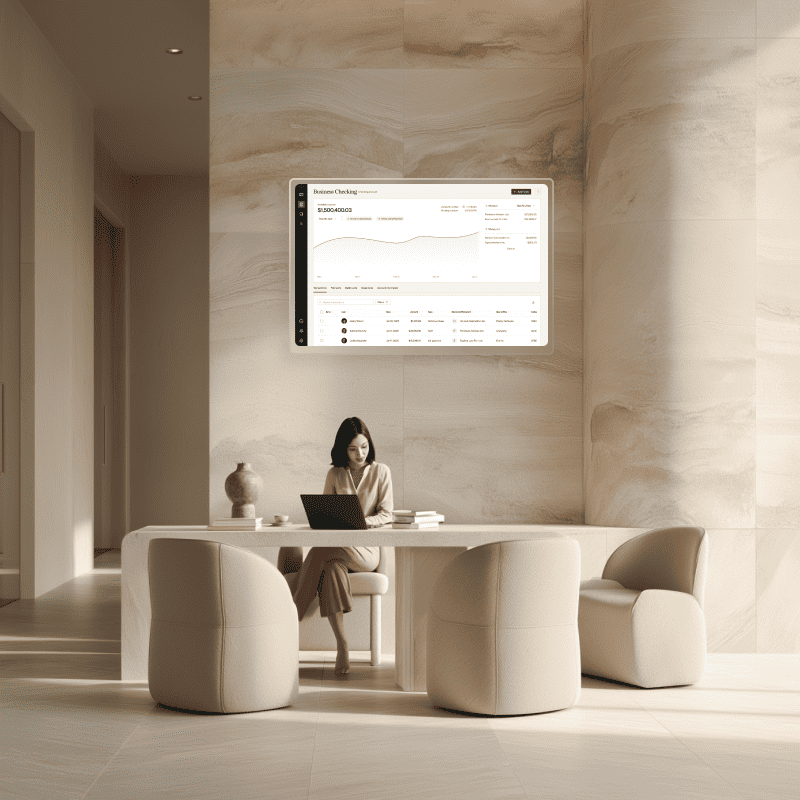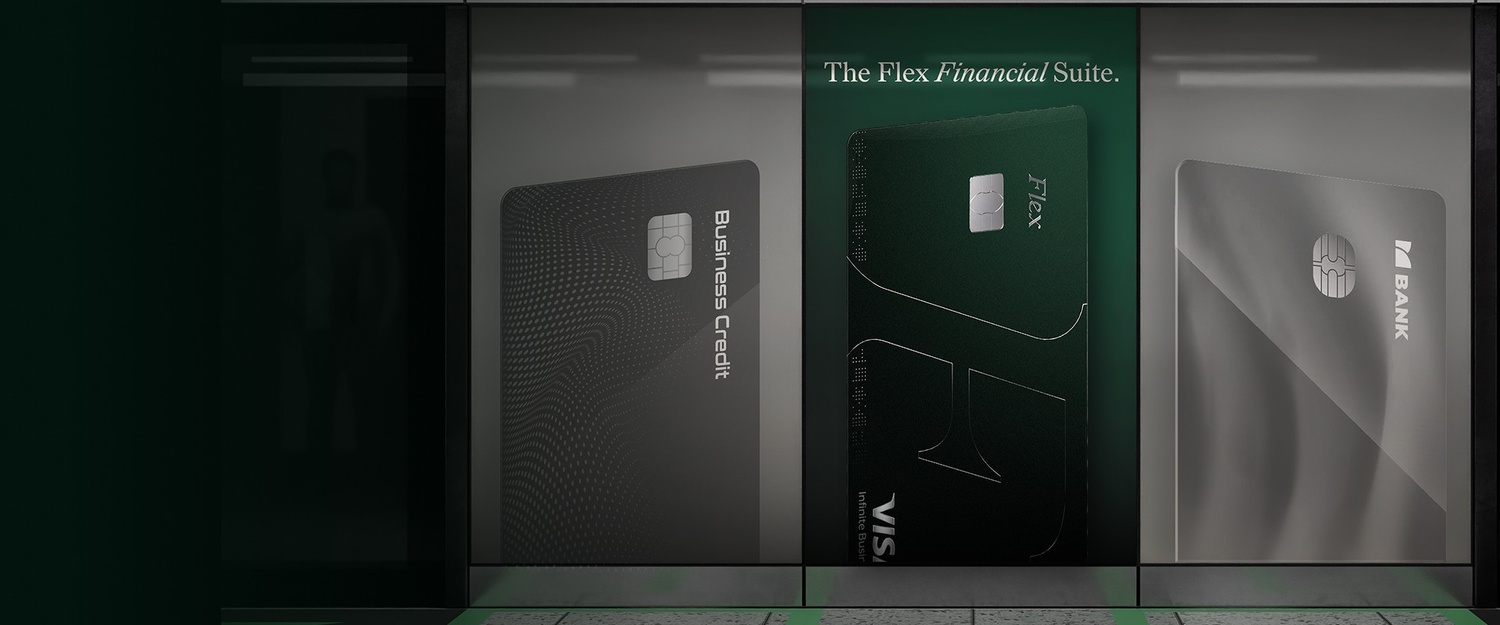- Automating expense tracking saves time and reduces administrative burdens.
- Flex’s expense management tools integrate directly with business accounts for seamless tracking.
- Automated software for expenses management improves reporting, compliance, and oversight.
- Insightful dashboards and controls allow smarter financial decision-making without micromanagement.
- Businesses can scale with confidence while maintaining clarity on spending and cash flow.
Reimagining Expense Management Software for Business Owners
The following article is offered for informational purposes only, and is not intended to provide, and should not be relied on, for legal or financial advice. Please consult your own legal or accounting advisors if you have questions on this topic.
Why Expense Management Matters
For mid-market business owners, managing expenses is rarely straightforward. From corporate cards to reimbursements, receipts, and invoices, manual tracking can consume hours each week. Traditional methods are prone to error and can obscure insight into actual spending patterns.
This is where modern expense management software comes in. By consolidating spending data and automating routine processes, businesses gain clarity, save time, and reduce the risk of error.
The Case for Automated Expense Management
Automated expense management goes beyond simply storing receipts. It transforms how businesses capture, categorize, and report spending. Key advantages include:
- Time savings: Automation reduces repetitive tasks like data entry and manual reconciliation.
- Accuracy: Software automatically categorizes expenses according to your business rules, minimizing errors.
- Visibility: Real-time dashboards give business owners instant insight into spending trends.
- Control: Built-in approval workflows and customizable spending limits prevent overspending.
- Compliance: Automated tracking can simplify tax reporting and auditing processes.
For business owners, these benefits translate into more time spent on strategy and growth, instead of chasing receipts or reconciling spreadsheets.
How Flex Supports Expense Management Automation
Flex provides a suite of tools designed to streamline financial operations without adding complexity. With Flex, businesses can manage corporate cards, reimbursements, and invoices in a single platform. Features like automated expense categorization and customizable approval workflows mean fewer manual processes and more consistent oversight.
Here is how Flex can transform your expense workflow:
Strategies for Simplifying Expense Tracking
Adopting software for expenses management does not automatically guarantee efficiency. Business owners should combine technology with best practices:
- Centralize spending: Use corporate cards and payment solutions integrated with your expense software.
- Set clear internal controls: Automate limits, categories, and approvals to maintain consistency.
- Leverage reporting tools: Dashboards and analytics should highlight trends and outliers.
- Automate receipts and invoicing: Reduce manual input with features that capture receipts and vendor data automatically.
- Regular audits: Use automated summaries to conduct monthly or quarterly reviews with minimal manual effort.
By combining automated expense management software with disciplined workflows, businesses can achieve both precision and efficiency in financial operations.
Choosing the Right Automated Expense Management Solution
Not all expense management platforms are created equal. When evaluating solutions, consider:
- Integration capabilities: Does it connect with existing accounting or ERP systems?
- User experience: Is it intuitive for employees and finance teams alike?
- Automation level: Does it reduce manual input while maintaining accuracy?
- Customizability: Can policies, categories, and workflows be tailored to your business?
- Security: Does it meet modern standards for data protection and compliance?
Flex combines all these factors into a single platform, making it a comprehensive automated expense management solution for mid-market businesses.
Final Thoughts
Automated expense management is more than convenience—it is a way to gain clarity, control, and efficiency. Flex helps business owners streamline workflows, reduce manual tasks, and access real-time insights. Pairing automation with clear policies ensures spending stays organized, accurate, and easy to oversee. For businesses seeking simplicity and confidence in financial management, the right software makes all the difference.











.png)




.png)


.svg)